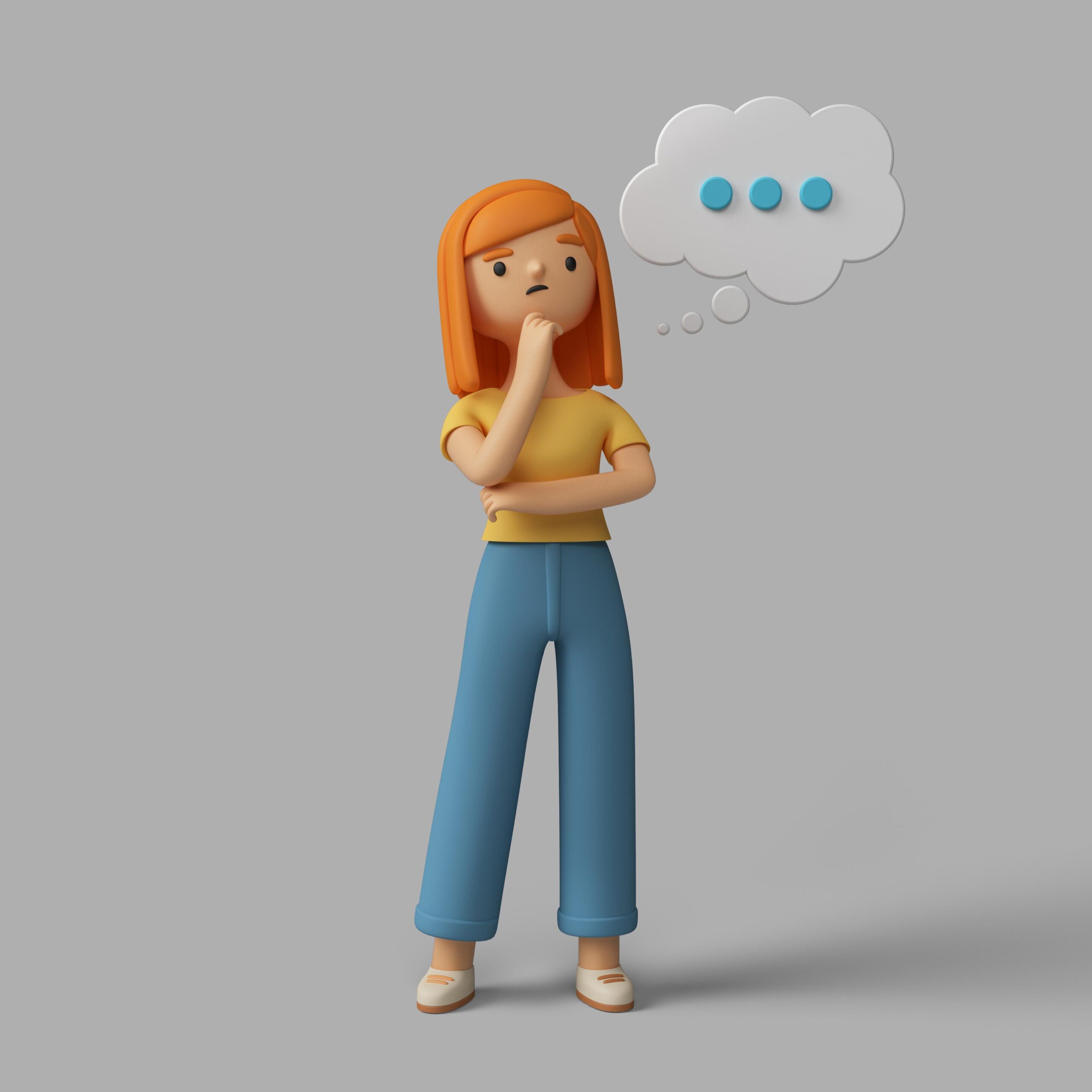Following a visual inspection of your ear, ear canal and ear drum, the hearing test is performed (Pure Tone Audiometry). In addition to this, functional brain hearing tests such as speech tests in noise, and speech sensitivity will also be performed.


Whether its glue ear or a speech delay, it’s always best to book an appointment with our experienced Audiologist to make sure your child’s ears are healthy and their hearing isn’t impaired.
We have one of the most comprehensive Audiological test battery to obtain an accurate diagnosis and prognosis of your hearing. These include objective assessments that detect damage to the outer, middle or inner ear structures, allowing a thorough analysis of your hearing, processing and communication needs. Including any treatment, auditory rehabilitation and counseling.

The Pure Tone hearing test is a key to providing a measurement of your hearing sensitivity. It helps us determine the type (the origin) and degree of hearing loss. It involves listening to sounds via headphones and responding by pressing a button every time a sound is heard.
Live video showing the inside of your ear including ear canal and ear drum with a full explanation along the way.
Speech audiometry determines your speech-reception threshold and word-discrimination score by measuring the number of words you can repeat after they are heard when delivered through headphones at precise decibel intensities. Speech audiometry helps differentiate between conductive and sensorineural hearing loss.
Tympanometry is an examination used to test the condition of the middle ear, the mobility of the eardrum, and the conduction bones by creating variations of air pressure in the ear canal.
Speech-in-noise tests assess a person’s ability to understand speech from background noise. Word recognition scores can be useful in predicting the usefulness of a hearing aid.
In addition to exploring your hearing sensitivity and your ability to understand speech, here at YourEars, we also assess the key cognitive skill sets that are relevant to successful hearing and communication.
Once testing is complete, the Audiologist will talk you through your hearing test results and diagnose the cause of any hearing problems.
Once an accurate diagnosis and prognosis is obtained the Audiologist can then select the most appropriate treatment options available based on your test results using evidence-based research to support any clinical decisions. We will also continue with further comprehensive assessments, and rehabilitation to verify the initial and ongoing success of any treatment.

We try to find the quietest sounds the patient can hear at each frequency, in each ear. We present the tones in a way that the Audiologist can track and record the hearing thresholds. This measure provides an indication of the magnitude and configuration of the hearing loss as a function of frequency.
Hearing levels are expressed in decibels (dB) based on the pure tone average for the frequencies/pitches 250 to 8000 Hz and discussed using descriptors related to severity:
The entire hearing pathway is tested through a headset which goes over the ears (air conduction), and the same is repeated through a headset that sits behind the ear and vibrates the cochlear through the skull (bone conduction), bypassing the eardrum and middle ear. When something stops sounds from moving through the eardrum and middle ear, bone conduction hearing levels will be better than air conduction levels. This means a conductive or mixed hearing loss is present. When sound moves normally through the outer and middle ear, but the inner ear does not work normally, both bone conduction and air conduction hearing levels will be the same. A sensorineural hearing loss is present.